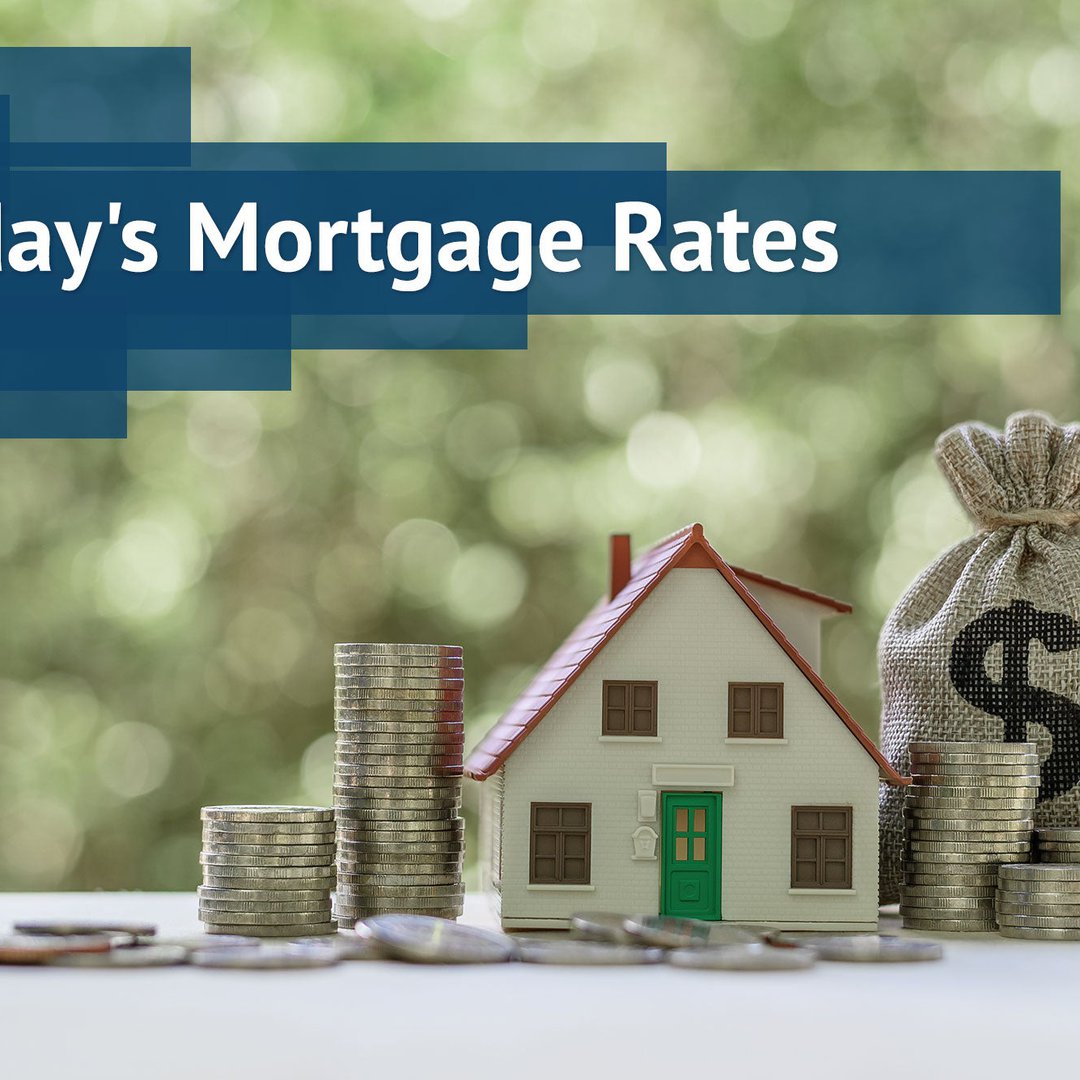
Here are average mortgage rates on the first day of 2021.
On the first day of 2021, mortgage rates fell further. Homeowners will begin this year with a great opportunity to secure a rate near record lows. Check out average rates today to see how much a home mortgage could cost and to help you decide if borrowing now is right for you.
20-year mortgage rates
The average 20-year mortgage rate today is 2.700%, down 0.039% from yesterday's average of 2.739%. A mortgage loan at today's average interest rate would cost you $540 per $100,000 borrowed. The total costs of interest would add up to $29,528 per $100,000 borrowed at today's average rate.
When you choose a shorter loan repayment term, your monthly payments must be higher since you're making fewer payments. But total interest costs will be lower since you aren't paying interest for as long of a period of time. That explains why the 20-year loan costs more per month but less over time than the 30-year loan.
15-year mortgage rates
The average 15-year mortgage rate today is 2.203%, down 0.009% from yesterday's average of 2.212%. At today's average rate, you'd pay $653 per month in principal and interest per $100,000 borrowed. Total interest costs would be $17,522 per $100,000 in mortgage debt over the life of the loan.
Despite its much lower average rate, a 15-year mortgage loan has a much higher monthly payment than either the 20-year or 30-year options. However, your total interest savings will be substantial since you're paying off your debt so quickly with this loan option.
5/1 ARMs
The average 5/1 ARM rate is 3.143%, down 0.113% from yesterday's average of 3.256%. You'll notice the 5/1 ARM has a higher average starting rate than the 30-year fixed-rate loan. This is unusual based on historical rates, although it's been the case for several months now. Because the rate starts higher and could adjust upward over time there is no reason to secure this type of loan right now.
Should I lock my mortgage rate now?
A mortgage rate lock guarantees you a certain interest rate for a specified period of time -- usually 30 days, but you may be able to secure your rate for up to 60 days. You'll generally pay a fee to lock in your mortgage rate, but that way, you're protected in case rates climb between now and when you actually close on your mortgage.
If you plan to close on your home within the next 30 days, then it pays to lock in your mortgage rate based on today's rates -- especially since they're so competitive. But if your closing is more than 30 days away, you may want to choose a floating rate lock instead for what will usually be a higher fee, but one that could save you money in the long run. A floating rate lock lets you secure a lower rate on your mortgage if rates fall prior to your closing, and while today's rates are still quite low, we don't know if rates will go up or down over the next few months. As such, it pays to:
- LOCK if closing in 7 days
- LOCK if closing in 15 days
- LOCK if closing in 30 days
- FLOAT if closing in 45 days
- FLOAT if closing in 60 days
To find out what rates are available to you, compare rates from at least three of the best mortgage lenders before locking in.
"current" - Google News
January 01, 2021 at 09:15PM
https://ift.tt/3hxV6HX
Current Mortgage Rates -- Jan. 1, 2021: Rates Are Down Across the Board - Motley Fool
"current" - Google News
https://ift.tt/3b2HZto
https://ift.tt/3c3RoCk
Bagikan Berita Ini














0 Response to "Current Mortgage Rates -- Jan. 1, 2021: Rates Are Down Across the Board - Motley Fool"
Post a Comment